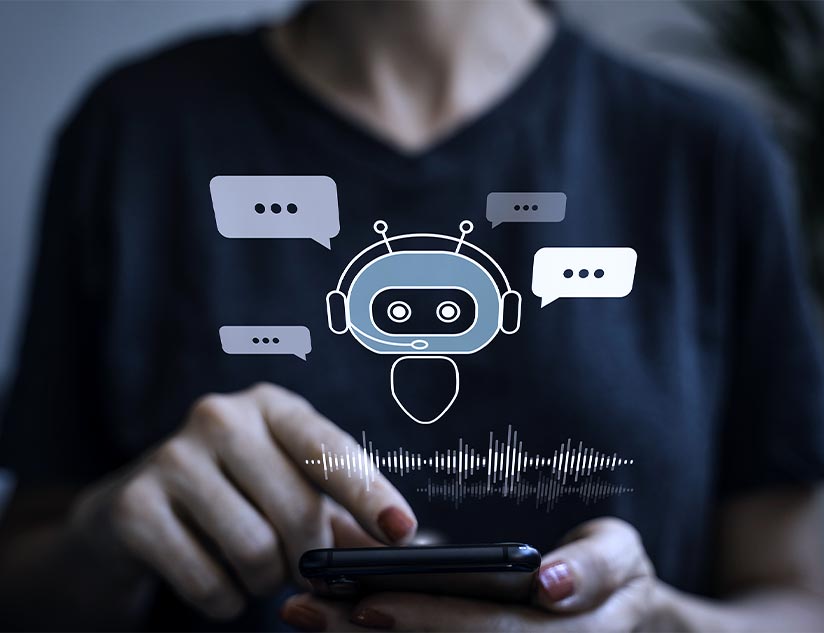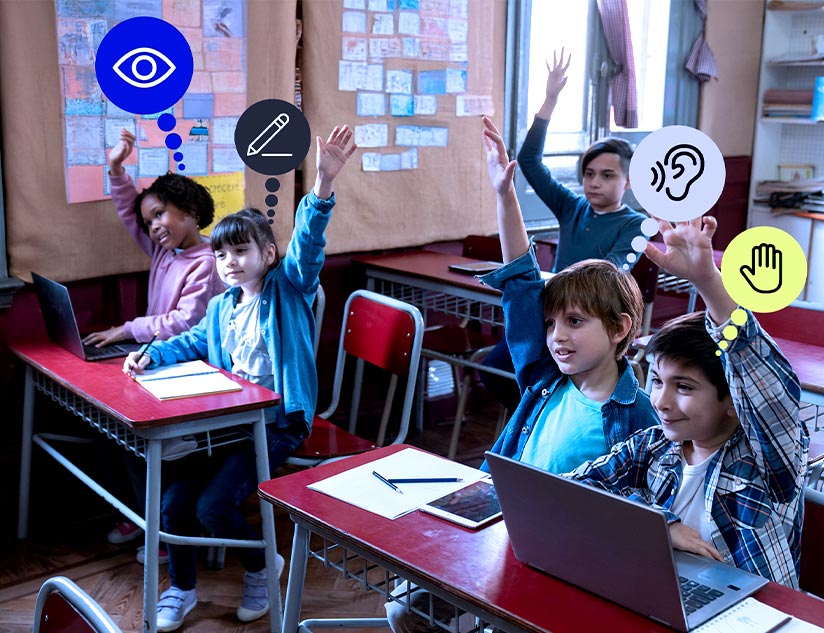Recently Artificial Intelligence has regained its former glory that it used to possess until a few decades ago. Every industry is trying to figure out how AI will impact it and its business decisions. As is happening with Blockchain, AR/VR and all other emerging technologies, there is a lot of discussion on how such rapid pace in the field of AI will bring impact in the education technology. Before we answer this question we need to first understand what is AI?
Coined by John McCarthy in 1956 at The Dartmouth Conference, Artificial Intelligence can be defined as, “The science and engineering of making intelligent machines, especially intelligent computer programs”. While researching for this topic we came across a very honest and brilliantly written paper by Pearson. Authors at Pearson have rightly said that It is difficult to define artificial intelligence (AI), even for experts. According to the paper, “One reason is that what AI includes is constantly shifting. Another reason for the difficulty in defining AI is the interdisciplinary nature of the field. Anthropologists, biologists, computer scientists, linguists, philosophers, psychologists, and neuroscientists all contribute to the field of AI, and each group brings their own perspective and terminology.”
Experts in AI now agree with its definition as the ‘computer systems that have been designed to interact with the world through capabilities and intelligent behaviours.
In K-12 education, a clear explanation of artificial intelligence in education (AIEd) and its implications is required.
- A greater understanding of how AI can be leveraged to achieve specific learning outcomes by connecting to the core of teaching and learning is needed.
- Concrete options that enable AIEd to realise its potential at the system level i.e. at a scale to support teaching and make a positive impact on learning experiences must be developed.
- There is a need to ask and answer some questions – for instance, the acceptable uses of the data that AIEd collects.
To sum it up, we need a degree of specificity surrounding what AIEd allows us to assess, plan, deliver, and test. AI in education will ultimately help educators gain a deeper understanding of how learning takes place – an insight they can then apply to fine-tune instruction.
Further, as stated in Pearson’s paper, AI involves a computer software programmed to interact with the world in ways normally requiring human intelligence. This means that AI depends both on knowledge (represented in ‘models’) about the world, and the algorithms required to intelligently process that knowledge. Models that rest at the heart of AIEd are: the pedagogical model, the domain model, and the learner model.
Pedagogical: This model represents knowledge and expertise of teaching. For instance, productive failure allows students to make mistakes before showing them the right answer; feedback helps students improve their learning;
Domain: This stands for subject knowledge and expertise. For instance, the concept involving the addition and subtraction of two fractions, Newton’s Second Law, etc. are some areas of domain knowledge;
Learner: This represents a learner’s knowledge – their previous achievements & problems, emotional state, etc.
A piece of education technology driven by AIEd should be based on the three core models described above. The AIEd algorithms that are implemented in the system’s computer code not only leverage the knowledge to provide customized content to the learners as per their needs and capabilities but also help in continuously tracking and analyzing the learner’s performance. It facilitates keeping a track of the learner’s interactions, their actions and answers, the achievements they have made in the past and their current state, which influences the delivery of feedback like hints and guidance. An in-depth analysis of the learner’s response also helps in updating the learner model and ensuring that every student receives a customized learning experience for effective learning.
Alongwith these three models, researchers have also developed other models which represent the social, emotional and meta-cognitive aspects of learning. This enables AIEd systems to consider the full range of factors that influence learning and eventually transform this set of rich models into field’s greatest contribution to education in the future.
IS AI already transforming the way we teach and learn?
AI in Education has been a field of research since the 1980s, and the two are perfectly complementary. We use education to expand the knowledge pool, while AI offers tools for building an accurate picture of the working of the human mind. The two, then, have a synergistic potential to drive each other forward and facilitate innovation in learning:
- Smart Content: Smart content personalized learning as per the student’s needs by incorporating customizable learning interfaces. Smart content platforms provide comprehensive assessments, real-time feedback, and interactive content. This tailored approach can be a machine-assisted solution for helping students at different levels work together. MagicBoxTM allows educators to design customizable curriculums and responsive content that integrate well with video based curriculum, gamification techniques, and self-assessments.
- Problem Identification and Solving: AI can help discover the gaps in educational material and provide the right solutions, thereby ensuring that all students build the same conceptual foundation. Students are placed at the advantage of receiving immediate feedback on concepts in the absence of the concerned teacher.
- AI-powered Teaching Assistants: These teaching assistants can take over repetitive tasks like grading and record keeping, freeing time up for teachers to focus on more creative and value-added areas. Another area where AI can help teachers lies in collaborative learning. Collaborative learning modules, such as a group science project, have powerful benefits. Students learn to engage with their peers and share knowledge. Here, AI assistants can substitute for the teacher in moderating group activities and classroom discussions.
Despite the numerous benefits offered by Artificial Intelligence, there are also some challenges that are faced while working with the same:
Cost: The cost of installation research and development make AI an expensive proposition. Thus, only well-funded schools are expected to benefit from AI;
Lack of Computing Power: AI requires a huge number of calculations to be made very quickly, using up a lot of processing power. As data volumes continue to grow with the automated creation of increasingly complex algorithms, the bottleneck could slow progress;
Implementation of Intelligent Assessments: Even though AI has the potential to facilitate adaptive assessments, its implementation, especially collecting and correlating all the data could prove to be a challenge;
AIEd will transform the role of teachers in the future. Instead, we will see an increasingly evolving role of the teachers. These changing trends will motivate educators to apply AI solutions in education so as to create a more engaging process for learners as well as teachers. With such set-up, their time will be utilized more efficiently, and their expertise better deployed and augmented.
To know more about MagicBoxTM platform and its features, you may write to us here.














